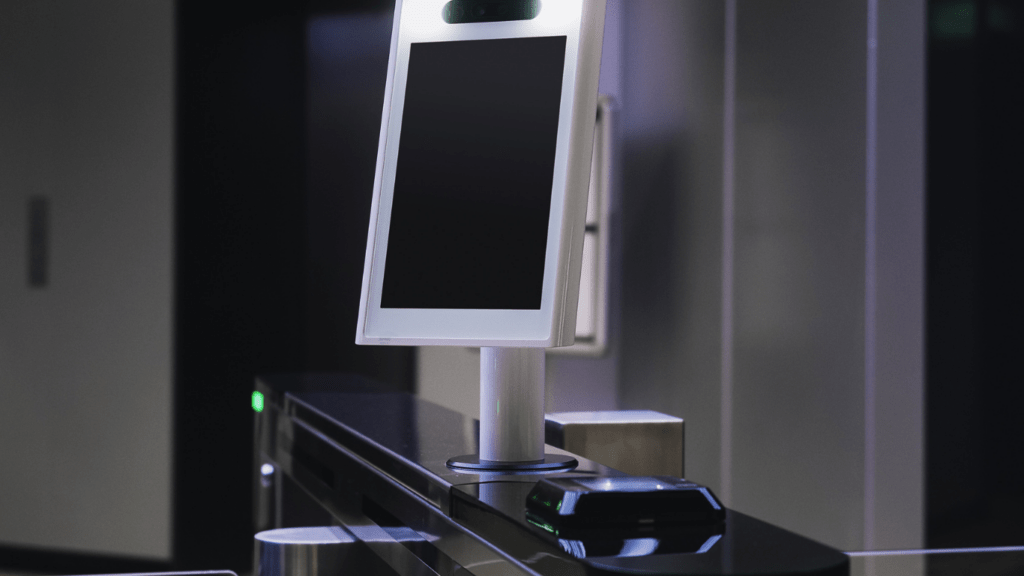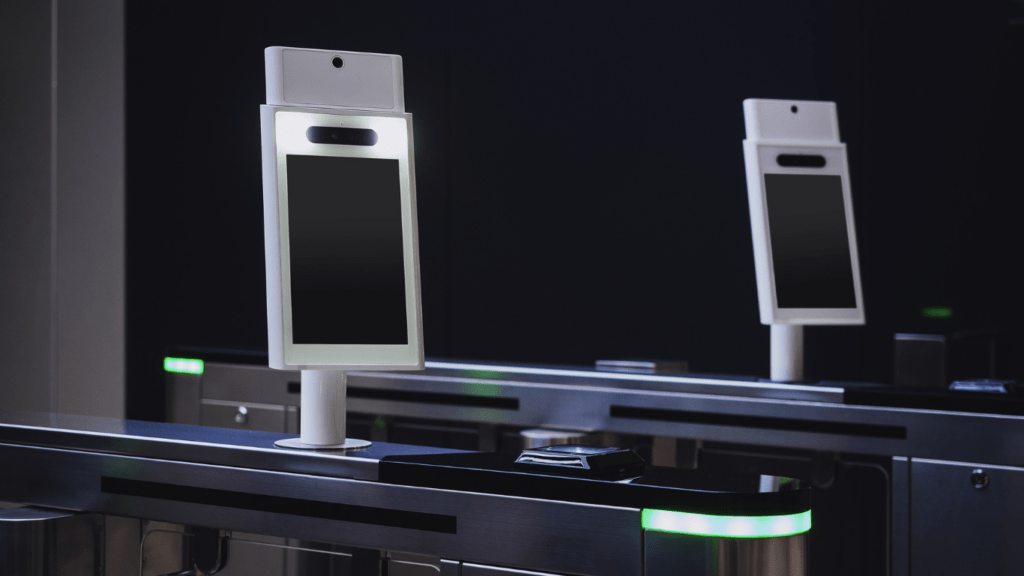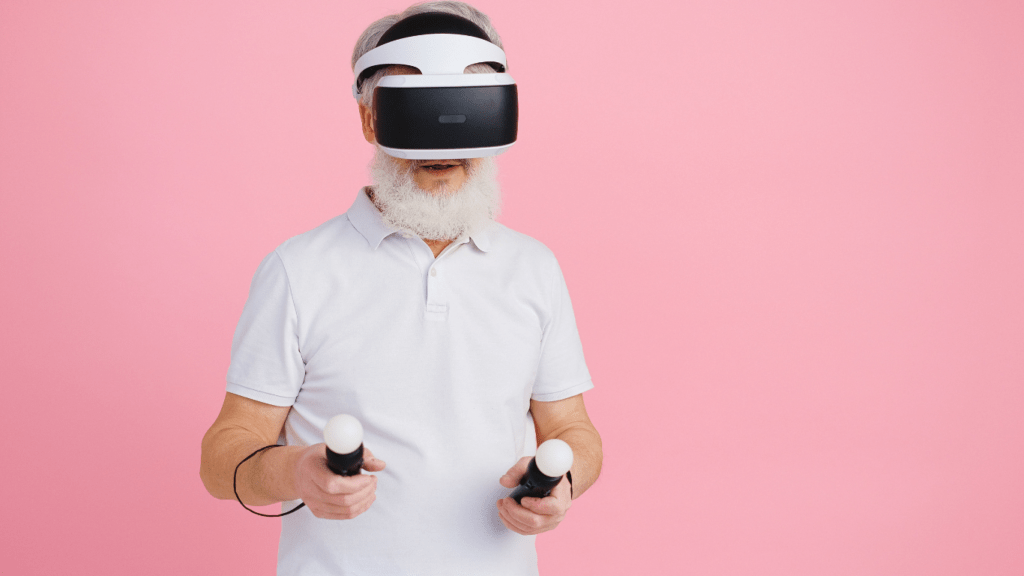Evolution of Security in Casinos
Casino security has evolved tremendously over the years. Initially, casinos relied heavily on human oversight, but now, advancements like facial recognition have transformed safety protocols.
From Surveillance to Smart Technology
Surveillance started with basic cameras. In the 1960s, closed-circuit television (CCTV) systems became a standard tool.
Casinos monitored such as:
- entrances
- exits
- gaming tables
- areas using fixed cameras
However, coverage gaps and blind spots allowed for exploitation.
In the 1990s, digital video revolutionized surveillance. High-definition (HD) cameras offered clearer footage, and networked systems provided broader coverage.
Casinos could now store extensive archives of video data. This shift offered better replay accuracy and easier tracking of activities.
Today, casinos adopt smart technology. Facial recognition systems identify individuals in real time. These systems match faces against databases of cheaters, banned players, and VIPs.
This automation speeds up identification, allowing for faster response times. Analytics software also tracks patterns, predicting potential fraud or security breaches.
Role of Human Security Personnel
Despite technological advancements, human personnel remain essential. Security staff provide a critical human touch. They interpret nuanced behaviors and ensure customer interactions stay respectful.
Trained professionals deescalate conflicts and handle situations technology can’t.
Human guards patrol the casino floor, offering a visible deterrent to potential rule-breakers. They collaborate with surveillance teams to provide comprehensive coverage.
Additionally, security personnel receive specialized training to recognize cheating techniques and fraudulent behavior.
Human oversight remains a vital component, ensuring that while technology handles large-scale threats, experienced personnel handle the intricate and unpredictable aspects of casino security.
Understanding Facial Recognition Technology

Facial recognition technology enhances casino security by identifying individuals in real time. It combines hardware and software to improve safety and efficiency.
How Does Facial Recognition Work?
Facial recognition captures an image of a person’s face using a camera. It then converts the image into a digital format through algorithms, creating a unique facial signature.
The system compares this signature against a database of known individuals.
When there’s a match, the system alerts casino security. High-definition cameras, advanced algorithms, and vast databases contribute to the accuracy and speed of identification.
Advancements in Facial Recognition Tech
Recent advancements include deep learning algorithms that enhance accuracy. Adaptive learning enables systems to improve over time, reducing false positives.
Real-time recognition now processes high-resolution video streams, allowing for immediate responses. Liveness detection counters spoofing by differentiating between real faces and photographs.
Enhanced databases facilitate quicker and more accurate identifications, making facial recognition an indispensable tool in modern casino security.
Benefits of Facial Recognition in Casino Security
Facial recognition offers numerous advantages in improving casino security. These benefits range from enhanced surveillance to efficient access controls, significantly enhancing the safety and convenience of casino operations.
Enhanced Surveillance and Monitoring
Facial recognition technology improves surveillance and monitoring within casinos. High-resolution cameras capture facial images, transforming these into unique digital signatures.
Real-time data processing compares these signatures against extensive databases. This enables rapid identification of known cheaters, previously banned players, and casino VIPs.
The technology reduces reliance on human monitoring, lowering the chances of human error.
Streamlining Access Controls
Facial recognition streamlines access controls in casinos. It grants authorized personnel quick and secure entry into restricted areas by verifying their identity instantaneously.
This eliminates the need for traditional access cards or manual checks. For patrons, the technology simplifies entry into VIP lounges or special event areas, enhancing their overall experience.
Moreover, it reduces the risk of unauthorized access, thus bolstering overall security.
Challenges and Concerns
While facial recognition offers numerous benefits for casino security, it also presents several challenges and concerns.
Privacy Issues and Ethical Concerns
Facial recognition technology raises significant privacy issues. Collecting and storing biometric data without explicit consent breaches individual privacy rights.
Many patrons might feel uncomfortable knowing their facial images are being captured and analyzed. Ethical concerns also arise regarding the surveillance of people without their knowledge, potentially leading to a sense of distrust among casino visitors.
A report by the Electronic Frontier Foundation highlights the potential misuse of facial recognition data, such as tracking individuals without their permission or sharing data with third parties without consent.
These issues necessitate transparent policies and strict regulations to ensure patrons’ privacy is respected and data is used responsibly.
Handling False Positives and Negatives
Facial recognition systems sometimes produce false positives and negatives. A false positive occurs when the system incorrectly identifies someone as a person of interest, while a false negative happens when a known individual isn’t recognized.
These inaccuracies can lead to wrongful accusations or missed detections of cheaters or banned players.
For example, during high-traffic periods, the system might struggle with accuracy due to crowded environments or poor lighting conditions.
To mitigate these issues, casinos must continuously improve their algorithms and invest in high-quality hardware to ensure reliable performance.
This helps maintain trust in the technology and avoids potential legal ramifications from incorrect identifications.
Implementation and Case Studies
Facial recognition technology has seen successful applications in numerous casinos worldwide. This section explores notable implementations and the lessons learned that inform best practices in the industry.
Successful Implementations Around the World
- Las Vegas, USA: Several casinos in Las Vegas use facial recognition to enhance security. For example, the MGM Grand employs this technology to identify banned players and VIPs, integrating it into their wider surveillance system for real-time monitoring.
- Macau, China: Casinos in Macau have adopted advanced facial recognition systems to combat illegal activities. The Venetian Macau, for instance, utilizes deep learning algorithms to accurately identify known cheaters and banned individuals, bolstering overall security.
- Melbourne, Australia: Crown Melbourne has integrated facial recognition technology into their casino operations. This integration helps detect individuals on exclusion lists and assists in identifying problematic gambling behaviors, ensuring compliance with local regulations.
- Accuracy Enhancement: Continuous improvement of recognition algorithms is crucial. This requires investment in high-quality hardware and regular updates to software to maintain precision in various lighting conditions and against sophisticated attempts at deception.
- Privacy Protection: Ethical considerations and privacy concerns demand transparent policies. Informing patrons about data collection and usage is essential. Casinos should implement strict data protection measures in compliance with relevant laws to build trust and ensure privacy.
- Staff Training: Proper training of surveillance staff ensures the effective use of facial recognition systems. Staff should understand both the limitations and capabilities of the technology and be prepared to handle false positives and negatives appropriately.
- Regulatory Compliance: Compliance with local and international regulations is mandatory. Casinos must remain updated with changes in legislation and ensure all practices align with legal requirements to avoid penalties and safeguard patrons’ rights.
- Holistic Integration: Successful implementation requires integrating facial recognition with other security systems like access control and incident management. A holistic approach ensures comprehensive coverage and maximizes the effectiveness of the technology.
By examining these implementations and adhering to these best practices, casinos can enhance their security measures while addressing ethical and privacy concerns effectively.


 Elizabeth Garretinon is a talented and dedicated contributor at Spin Win Safely, where her passion for the online gambling industry shines through in her well-crafted and informative articles. While she is not the founder or chief editor, Elizabeth's contributions are vital to the platform's success, providing readers with valuable insights and practical advice.
Elizabeth specializes in writing detailed casino reviews, game strategies, and updates on the latest industry trends, ensuring that Spin Win Safely remains a trusted source of information for its audience. Her ability to present complex concepts in an accessible and engaging manner has made her a favorite among readers, who appreciate her clear and concise writing style.
Through her work, Elizabeth helps foster a culture of responsible gaming, encouraging players to make informed decisions and enjoy a safer gambling experience. Her dedication to excellence and commitment to the platform's mission make her an invaluable member of the Spin Win Safely team, contributing to the site's ongoing reputation as a leader in online gambling journalism.
Elizabeth Garretinon is a talented and dedicated contributor at Spin Win Safely, where her passion for the online gambling industry shines through in her well-crafted and informative articles. While she is not the founder or chief editor, Elizabeth's contributions are vital to the platform's success, providing readers with valuable insights and practical advice.
Elizabeth specializes in writing detailed casino reviews, game strategies, and updates on the latest industry trends, ensuring that Spin Win Safely remains a trusted source of information for its audience. Her ability to present complex concepts in an accessible and engaging manner has made her a favorite among readers, who appreciate her clear and concise writing style.
Through her work, Elizabeth helps foster a culture of responsible gaming, encouraging players to make informed decisions and enjoy a safer gambling experience. Her dedication to excellence and commitment to the platform's mission make her an invaluable member of the Spin Win Safely team, contributing to the site's ongoing reputation as a leader in online gambling journalism.
